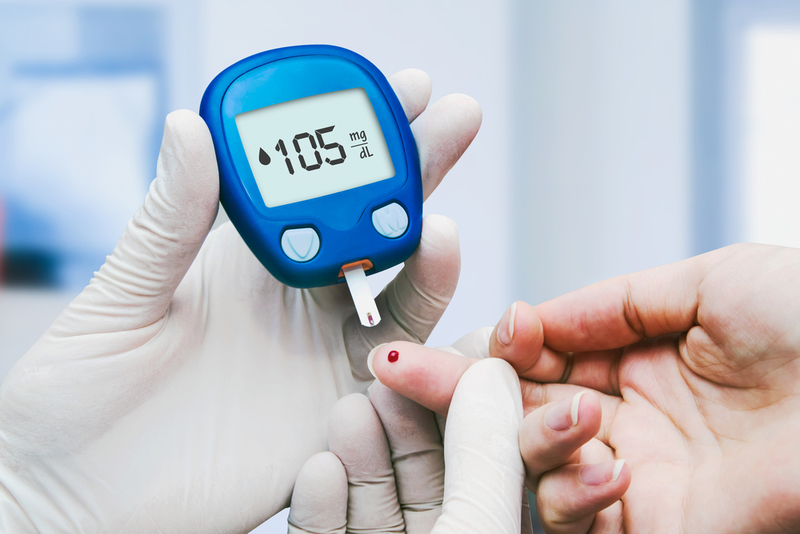Study identifies new strategy for diabetes treatment
ANI May 22, 2020
A new study has found how a once-popular but largely abandoned treatment for Type 2 diabetes could be used again in combination with another drug to eliminate problematic side effects.
For our comprehensive coverage and latest updates on COVID-19 click here.

Rosiglitazone, sold under the brand name Avandia, won Food and Drug Administration approval in 1999 and became a leading treatment for Type 2 diabetes, capable of increasing insulin sensitivity and glucose tolerance. It fell out of favor after studies raised concerns about the risk of a heart attack in some patients, as well as a risk for osteoporosis and evidence of increased weight gain and fluid retention.
The UT Southwestern study published in Cell Metabolism, researchers show how adding a second, experimental drug referred to as Compound A activates a receptor in fat cells and certain immune system cells called the G protein-coupled receptor 120 (GPR120) to complement the effects of rosiglitazone and allow a lower dose to be used. In a mouse study, the combination of Compound A with the minimal dose of rosiglitazone produced a similar degree of insulin sensitization as the maximal dose of rosiglitazone, according to the report.
"The very low dose we used in this study showed no side effects - no weight gain, no fluid retention - in mouse models," said Dayoung Oh, Ph.D., senior author of the study, assistant professor of internal medicine, and a researcher in UT Southwestern's Touchstone Center for Diabetes Research.
Additional research is needed to check for bone loss and heart problems at the lower dose, she noted, but those effects too could likely be eliminated or lessened by reducing the dosage of rosiglitazone. In 2010, responding to studies reporting an increased risk of a heart attack in rosiglitazone patients, the FDA issued prescribing and dispensing restrictions on the drug. Those were lessened in 2013 and removed entirely in 2015 after the FDA determined the data did not show an increased risk of heart attack with rosiglitazone. However, the usage of rosiglitazone has remained low.
"For a long time, rosiglitazone has been used for treating Type 2 diabetes and insulin resistance," Oh said. Although there are other drugs to treat Type 2 diabetes, "this drug is very good - very effective. But at the same time, there are still serious side effects, including weight gain, fluid retention, and more," Oh added.
According to the Centers for Disease Control and Prevention, about 34 million Americans suffer from diabetes, and 90 to 95 percent of those cases are Type 2 diabetes. The disease can lead to kidney or heart disease and stroke and can be fatal.
The current study found that the positive effects of rosiglitazone, which acts on the anti-diabetic target PPARy in fat cells, can be heightened by combining it with an activator, or agonist, to spur GPR120 activity as well. The study showed that Compound A, a small molecule developed by Merck & Co. Inc., works much like the omega-3 fatty acids enriched in fish oil, a natural GPR120 activator, to lower inflammation and improve insulin sensitivity. While mice that were given the minimal dose of rosiglitazone alone failed to show improved insulin sensitivity, those given Compound A in combination with low-dose rosiglitazone had enhanced insulin sensitivity, according to the study.
Oh explained that she would like to work with interested clinical researchers to test Compound A to boost rosiglitazone's effectiveness and reduce its side effects in patients at the lower dose. She also plans to do additional research to uncover the specific mechanism by which GPR120 activation reduces rosiglitazone's side effects. "The hope is that we will be able to use rosiglitazone at lower doses to treat Type 2 diabetes patients in a more effective way without side effects," Oh concluded.
-
Exclusive Write-ups & Webinars by KOLs
-
Daily Quiz by specialty
-
Paid Market Research Surveys
-
Case discussions, News & Journals' summaries